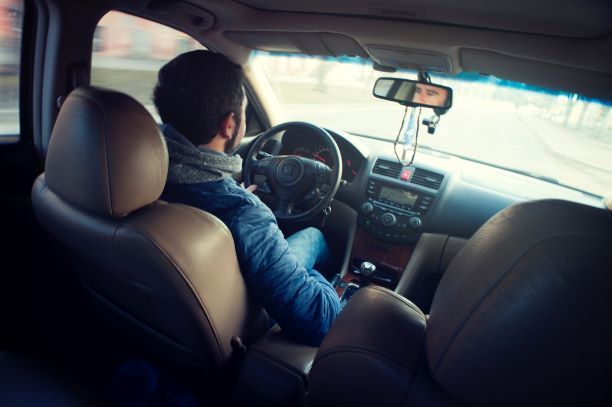- You’re riding in a car, SUV, truck, or van owned and driven by a private individual.
- Typically, you pay for the ride.
- Usually, a ride is booked using a smartphone app or a website, so some simple tech skills may be required to hitch a ride.
Ride sharing is a way to get from Point A to Point B instead of using public transportation, such as taking a bus or a train, and livery services, or such as grabbing a taxi, a limo, or an airport shuttle.
Ride Sharing Know How. How Does It Work?
Ride sharing companies are officially known as Transportation Network Companies, and they connect people who need rides to drivers who want to use their private vehicles to make money, often as a side job.
Ride sharing has grown in popularity over the past few years, and you probably have heard of names like Uber and Lyft. You may have heard of someone right here is Spartanburg say they are going to “uber” to a movie.
Using a ride sharing service is a simple as finding a ride sharing company that operates in our area, download their app to your smartphone, and use that app to book a ride.
After you book a ride, the app will give you the name and photo of your driver, the make, model, and color of the vehicle they drive, and an approximate time for when they will reach your location. You may also be able to see the driver’s license plate number, as well as the driver’s rating, which is based on reviews from other riders. This identification process is important for your safety.
The app will charge the credit card or other payment method you’ve put on file so you won’t have to dig through your wallet or purse for cash or plastic. Once you reach your destination, you will be able to go on your way.
If you want to save money you can actually share your ride with others headed in the same direction. For example, Uber offers an option called UberPOOL. If you select the carpool option, your driver can pick up a maximum of two additional riders, and everyone pays a lower fare—guaranteed. Note that the carpooling option is only available in some of the cities served by the company—typically larger cities, such as Atlanta, New York and San Francisco.
Ride Sharing and Safety
Ride sharing offers many benefits, including the convenience of being able to quickly summon a ride such as when a play lets out, you have finished shopping, or the rain has started pouring.
There are some issues with ride sharing that you should know about before you use them. Although using a ride sharing service may seem similar to using a taxi service, there are differences.
Unlike taxi and limousine drivers, ride sharing drivers typically do not have a commercial driver’s license, or the training and testing required to obtain one. And they are driving their own personal vehicles, which are not licensed or insured as commercial vehicles.
For accidents involving ride sharing, being compensated for an injury can become complicated because a number of parties involved. Some larger ride sharing companies carry $1 million in liability coverage that will cover injuries to passengers. Some also carry the same amount in uninsured/underinsured motorist coverage. These coverages help to protect passengers who incur medical bills as a result of an accident in a ride sharing vehicle. It’s a good idea to check what coverages a ride sharing service has before you start riding.
Some ride sharing companies have implemented technology-based safety features. For example, Uber has a “Send Status” button that allows you to send family and friends your location and ETA. With one swipe of your phone, you can text your driver’s name and license plate number, as well as your real-time map location to up to five contacts. This offers peace of mind to you and your loved ones who might worry about your safety when you’re riding with a stranger.
Ride Sharing and Older Riders
For older adults who do not drive , ride sharing may offer a convenient transportation option. In fact, some companies and nonprofits exclusively offer ride sharing to riders 60 and up. Some charge for rides, but some don’t. For example:
SilverRide offers door-to-door transportation for older riders in several cities. Specially trained drivers assist riders from the door to the vehicle and then to their destination. Drivers are trained in Red Cross First Aid, CPR, and serving older adults.
If you or someone you love has handed over their car keys, ride sharing may be a great option for maintaining independence.




